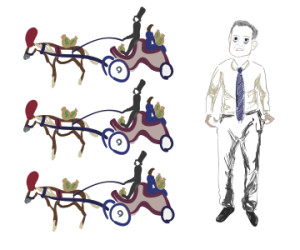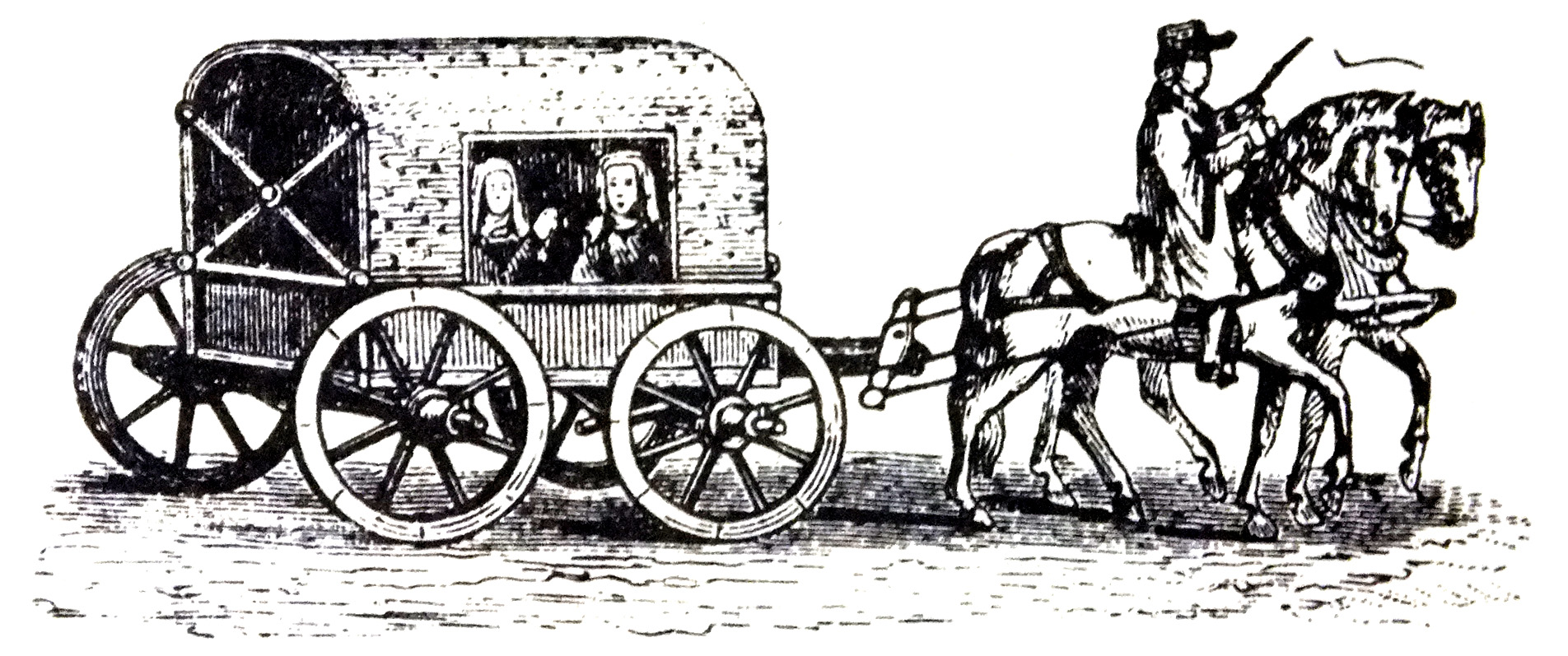In a city where over 58,000 homeless people roam the streets, it’s strange that Mayor Bill de Blasio has supported allocating $25 million to the horse-drawn carriage industry in Central Park. The New York City Council agrees; the Council recently ignored a bill aimed at protecting Central Park horses, a cornerstone of de Blasio’s mayoral platform. Many believe that de Blasio initially supported the financially burdensome measure on account of influential campaign donors. This flagrant waste of political capital highlights de Blasio’s inability to straddle the divide between the priorities of his wealthy donors and those of the city.
In an effort to reduce the size of the carriage industry, the bill would decrease the number of working horses allowed in Central Park from 220 to 75 and require horses to remain within Central Park, which would keep horses off Midtown streets. To reduce competition for drivers, the bill confines pedicabs to the upper half of the park and spends the aforementioned $25 million on a new stable. According to carriage owners, pedicab drivers, parks advocates, and even some animal rights activists, the plan offers a flawed compromise that would cripple two industries without addressing animal cruelty complaints or providing viable alternatives for horses or their drivers. But it’s not all bad news for carriage owners. Imperfect as it may be, the bill would have allowed de Blasio, who included promises to ban carriages in his 2014 platform, to rein in the centuries-old New York tradition.
The main justification for this baffling use of public funds is a response to the animal cruelty charges levied at the industry. According to the New York Department of Health, three carriage horses have died under various industry-related circumstances, and dozens of accidents have injured both horses and bystanders. Though the city inspects horses and sets maximum working hours, opponents of the industry — like the nonprofit New Yorkers for Clean, Livable, and Safe Streets (NYCLASS) — claim that the industry routinely violates regulations and that the busy automobile traffic around the park is inherently dangerous for easily-spooked animals.
While the horses’ poor working conditions may be the spur in de Blasio’s side, his campaign contributions, which include over $45,000 from supporters of NYCLASS, speak loudly to his motivations. Although the mayor has proposed plans to curtail the industry in the past, including the organization’s suggestion to replace the carriages with vintage-style electric cars, none have progressed as far as this bill. Supporters of the carriage industry — including the International Brotherhood of Teamsters, America’s fourth largest union — initially favored the bill, making it seem likely to pass, but ultimately joined actor Liam Neeson and tried to stop it.
The Teamsters is typically known for representing freight drivers and warehouse workers, but they also represent carriage drivers. And though unions are not typically thought of as powerful forces in national politics, the Teamsters still wields considerable power in New York City; the City Council relies on the union to keep the city running smoothly, as it represents both municipal workers and industries with valuable government contracts. Despite initially supporting the bill, the organization decided to reject the legislation the day before the vote, issuing a press release that questioned the bill’s ability to “provide a viable future for the industry.” Prior to the Teamsters pulling support, critics argued that the legislation would effectively shutter the current stables, enabling a developer like Stephen Nislick, cofounder of NYCLASS, to snap up the valuable property. The lack of Teamster support paired with mounting fears that a developer would purchase the stable’s property was enough to knock the bill out of its stirrups. The council canceled the vote within hours of the Teamsters’ announcement. The group of carriage drivers that had gathered in front of City Hall planning to protest turned to celebration instead.
The vote’s cancellation doesn’t necessarily mean the death of the bill. De Blasio’s commitment to the issue, as questionable as his motives may be, hasn’t wavered despite setbacks. It’s likely that the bill will come back in a further compromised form as an attempt to satisfy both the Teamsters and animal rights advocates. But its defeat speaks less to the possibility of eliminating carriages from Central Park and more to de Blasio’s future tenure as mayor. In just two years, he’s dug himself into increasingly deep holes, among them the latest debacle with horse drawn carriages.
De Blasio is no newcomer to politics; he served on City Council for nearly a decade. By now he should be familiar with the delicate relationship city government shares with unions and other organizations, especially in New York. It’s not just that he failed to secure the Teamsters’ support; the bill also contained measures that alienated key stakeholders. For instance, the proposed stable in the park came as a total surprise to the Central Park Conservancy. A proactive campaign would have instead involved getting all parties on board and having all the facts straight. In fact, the city hadn’t even conducted surveys on working horses until recently, and publicly available information on welfare violations involving the horses is spotty at best. For an issue that de Blasio has spent years supporting, he has done remarkably little research or legwork. Furthermore, he has a number of issues to tackle this year, all of which require tact, delicacy, and negotiation with a number of groups. Trotting around this seemingly trivial issue for years gives little hope for solving systemic problems facing his city.

Art by Soraya Ferdman
